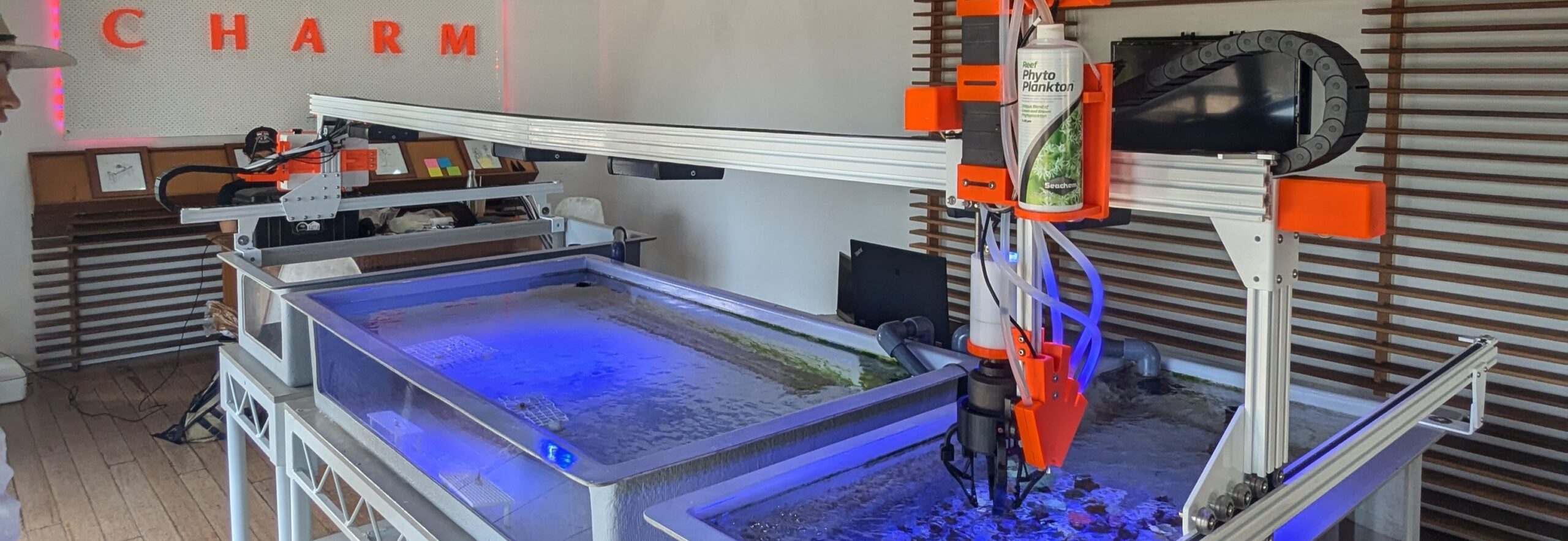CSIRO researchers say they now have an AI-designed robotic ‘hand’ to revolutionise the delicate but labour-intensive process of cultivating baby corals in laboratories.
The robotic hand, or gripper, is attached to a coral farming robot called Coral Husbandry Automated Raceway Machine (CHARM).
CHARM and the Beyond Coral Foundation hope to use this technology in aquariums and coral farms worldwide for the large-scale production of coral to restore reefs.
Dr Josh Pinskier, CSIRO Soft Robotics Scientist in CSIRO’s Data61, says the project’s goal is to partially automate the time-consuming process of coral propagation.
“Cultivating hundreds or thousands of baby coral colonies in the lab demands significant effort and precise handing,” he explains.
“Each coral must be carefully transferred between tanks to maintain ideal growing conditions, a process currently managed entirely by hand.
“This gripper replicates the dexterity of a human hand, allowing it to handle delicate coral tissue without damaging them, while being strong enough to lift various sizes.”
The CSIRO says grippers were designed by AI-powered generative design algorithms, which identified the best way to safely handle delicate coral.
Sarah Baldwin, a mechatronics engineer who conducted the design research at CSIRO, said the gripper is innovative due to traditional robotic unsuitability in corrosive saltwater.
“To overcome corrosion, we 3D printed the gripper from hard polymer and soft rubber, with only a few screws and bolts,” Baldwin says.
Stephen Rodan, the inventor of CHARM and President of Beyond Coral Foundation, says the project is groundbreaking.
“This is the first time in history that a robot apparatus ever picked up a coral and transferred it safely between tanks using a soft robotic gripper of this kind,” Rodan says.
The gripper is just one of several attachments for CHARM; other tools include a soft brush for removing algae.
Rodan says their partnership with CSIRO provided the specialised engineering capability needed to advance the Foundation’s reef restoration efforts.
“The next challenge is placing the corals back in their natural habitat. A well-designed gripper could facilitate the transition from growth to deployment,” Rodan says.






